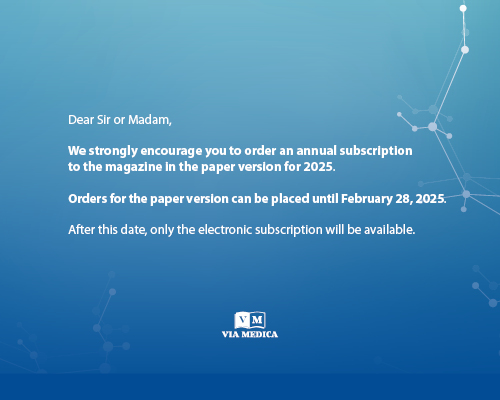Vol 48, No 4 (2010)
Original paper
Published online: 2011-04-12
Concentrations of plasminogen activator inhibitor-1 (PAI-1) and urokinase plasminogen activator (uPA) in induced sputum of asthma patients after allergen challenge.
DOI: 10.2478/v10042-010-0075-2
Folia Histochem Cytobiol 2010;48(4):518-523.
Abstract
Urokinase plasminogen activator (uPA) and its inhibitor (PAI-1) are involved in tiisue remodeling and repair processes associated with acute and chronic inflammation. The aim of the study was to evaluate the effect of allergen challenge on concentration of uPA and PAI-1 in induced sputum of house dust mite allergic asthmatics (HDM-AAs). Thirty HDM-AAs and ten healthy persons (HCs)were recruited for the study. In 24 HDM-AAs bronchial challenge with Dermatophagoides pteronyssinus (Dp) and in 6 HDM-AAs sham challenege with saline were performed. In HDM-AAs sputum was induced 24 hours before (T0) and 24 hours (T24) after the challenge. Concentration of uPA and PAI-1 in induced sputum were determined using immunoenzymatic assays. At T0 in HDM-AAs mean sputum uPA (151 Âą 96 pg/ml) and PAI-1 (4341 Âą 1262 pg/ml) concentrations were higher than in HC (18.8 Âą 6.7 pg/ml; p=0.0002 and 596 Âą 180 pg/ml; p<0.0001; for uPA and PAI-1 respectively). After allergen challenge further increase in sputum uPA (187 Âą 144 pg/ml; p=0.03) and PAI-1 (6252 Âą 2323 pg/ml; p<0.0001) concentrations were observed. Moreover, in Dp challenged, but not in saline challenged HDM-AAs the mean uPA/PAI-1 ratio decreased significantly at T24. No significant increase in the studied parameters were found in sham challenged patients. In HDM-AAs allergen exposure leads to activation of the plasmin system in the airways. Greater increase of the PAI-1 concentration than uPA concentration after allergen challenge may promote airway remodeling and play an important role in the development of bronchial hyperreactivity.



